13 tips to improve the conversion rate of your e-commerce store
For e-commerce brands, conversion rate optimization (CRO) is the process of turning website visitors into customers. We have compiled 13 tips to help you increase conversion in your online store.

No matter what size your e-commerce business is, making sure website visitors convert to paying customers is crucial. There are plenty of actionable steps you can take to optimize your e-commerce store to improve your customer conversion rate.
In this blog post, we will cover
- What is conversion rate?
- The importance of improving conversion rate for e-commerce brands
- Our 13 top tips for improving your conversion rate
What is your conversion rate?
Your conversion rate is the percentage of your website visitors that go on to make a purchase. It is a key performance indicator (KPI) that measures the effectiveness of your e-commerce website and marketing efforts in converting visitors into paying customers.
How do you calculate your conversion rate? You can calculate your conversion rate by dividing the number of purchases by the total number of website visitors and multiplying the result by 100 to get a percentage. Let's say you have 1,000 visitors to your website and 50 of them make a purchase, your conversion rate would be 5%.
Why conversion rate should be a top priority for your brand
A high conversion rate is the best indicator that your e-commerce store is successfully engaging and persuading visitors to make a purchase. Improving your conversion rate allows you to maximize the value of your website traffic and marketing.
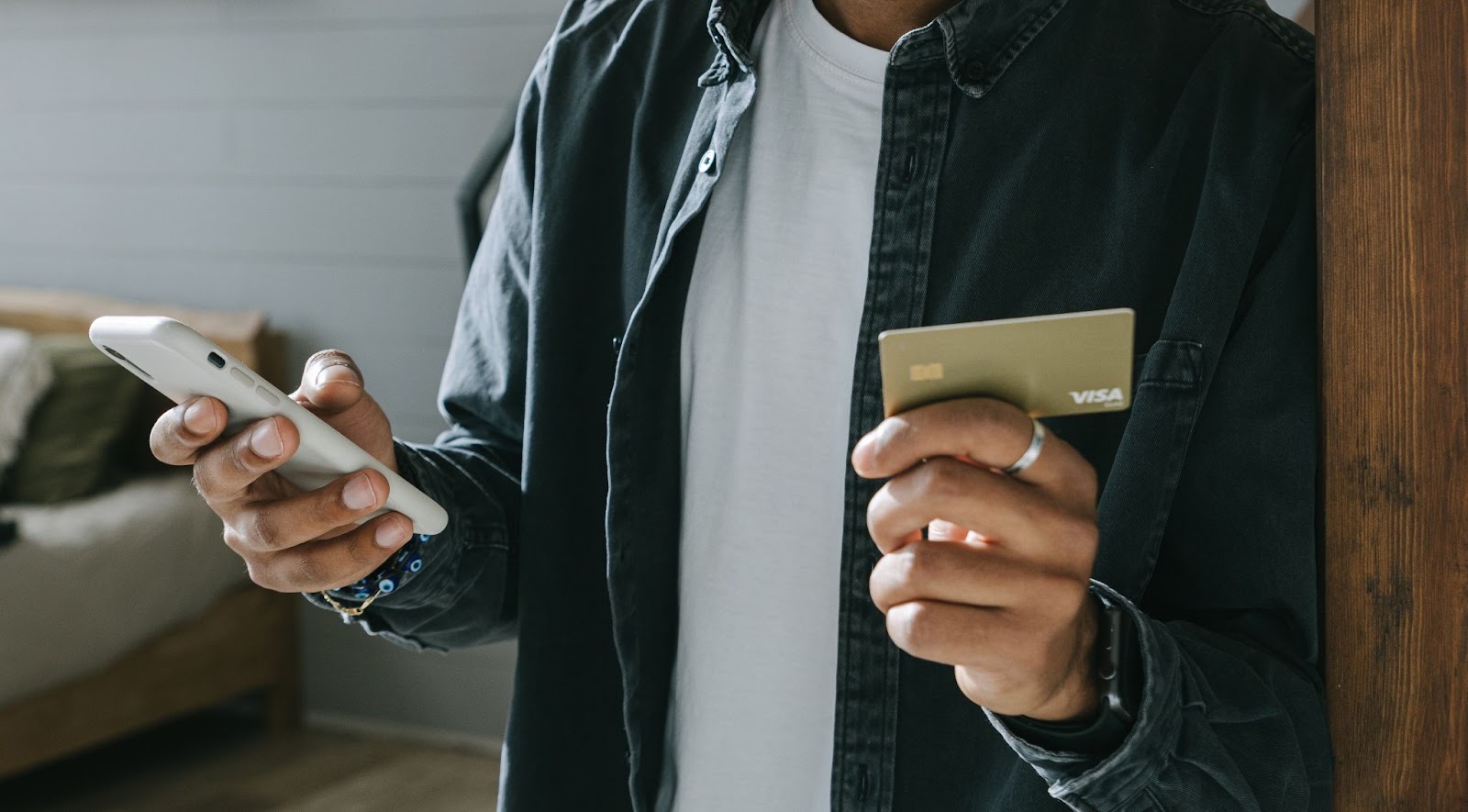
13 tips for improving your conversion rate
1. Conduct thorough user analysis
When making decisions about your website, it is important to base these decisions on data. You need to understand your customer persona and their pain points to focus on responding to them. Make sure to implement data gathering techniques such as:
- Using heat maps with tools such as Hotjar to get a sense of how users are interacting with your website
- Implementing A/B tests on your CTAs and images
- Analyzing your conversion funnel and taking a look at where in the user journey your customers are dropping off
2. Optimize your website speed and user interface for better user experience
Once you have identified how customers are navigating your website, it is time to make some changes. If, for example, you see confused users, it could be time to update your website design to make it simpler or to add more advanced filtering options.
Additionally, check out your technical SEO metrics to make sure using your shop is a smooth experience for your customer. Slow page loading time will frustrate your customers and lead to a poor user experience. In fact, nearly 70% of consumers admit that page loading speed affects their purchasing decision. Make sure all of your images are optimized for fast loading and that there is not any unused code slowing your site down.
3. Improve your delivery prices and offer free shipping
According to a European E-commerce Report, which surveyed 3,000 consumers across Europe, high delivery costs are the number one reason for e-commerce cart abandonment. In fact, more than 3 in 5 consumers (61%) said that high shipping costs would cause them to abandon a purchase.
That's pretty damning evidence, and goes to show that nothing scares off customers like working their way through your checkout process only to be hit with a high delivery charge, especially if your products themselves don't cost that much. In a world where many businesses offer free shipping, high delivery charges can be a huge put-off.
According to a survey by JungleScout, 80% of consumers expect free shipping when they spend a certain amount. This means that they are willing to buy more to qualify for free shipping. Meanwhile, 66% expect free shipping for all online orders.
Take a look at how much your carrier is charging and if there is scope to get lower cost delivery.
.png)
4. Offer multiple delivery options
If you rely on one specific carrier to fulfill customer deliveries, this could be a huge buying barrier. Why? What if customers have had a bad experience with your carrier? If they have a negative opinion of them, they are less likely to follow through with a purchase. Trust is important to customers, which is why you should offer a choice of shipping carriers.
Equally, you should offer a variety of delivery solutions, whether it's direct home delivery, a designated pick up point or even in-store collection. Offering multiple options for delivery or pickup makes it easier to reach customers with different lifestyles. Not everyone can be at home to receive a package so offering other options is crucial for your conversion.
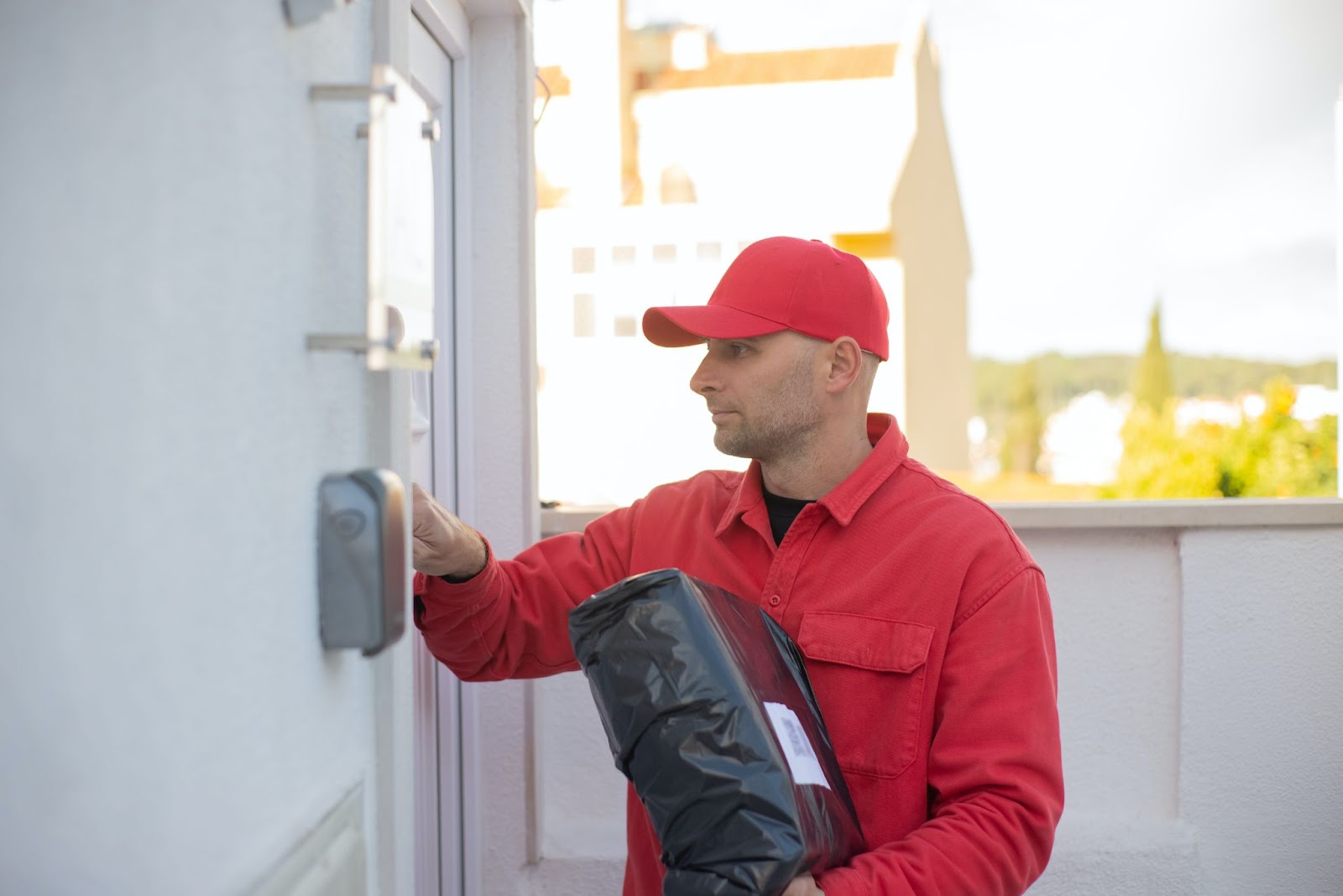
5. Add green delivery
According to a survey of 8,000 shoppers across nine European markets, commissioned by Descartes, more than half (54%) of consumers would only buy from a brand if environmentally-friendly delivery was an option. 20% of those surveyed said they would even be prepared to pay more for green delivery. More and more consumers are making buying decisions based on environmental impact.
The good news is, sustainable delivery options not only help to reduce your carbon footprint, but can also lower your costs. For example, customers who prioritize sustainable delivery will likely be prepared to wait longer for items. Longer lead times will decrease costs through better delivery planning and mode selection.
Longer lead times further offer the opportunity to consolidate shipments, especially for smaller orders. By accumulating multiple orders into larger shipments, you can benefit from economies of scale and reduce transportation costs per unit.
6. Use delivery promises at checkout
Letting your customer know when their item will arrive before they buy is a great way to get them to convert. Offering these delivery promises has seen increases in conversion of up to 35%.
Being transparent and setting expectations builds trust, and if you can follow through on speedy delivery the more likely they are to buy from you again.
Working with a 3PL partner that offers delivery promises means you can integrate them easily into your online shop alongside your product listings, prompting your customers to order.
7. Create a sense of urgency
Try using clearly time-limited offers to create a sense of urgency for your customer and prompt them to convert. This can be done in terms of a discount, but also with delivery timing.
For example, add a timer counting down next to the price of your item so that your customer knows they shouldn’t wait to purchase.
Or, let your customer know that they can get next-day delivery if they order now.
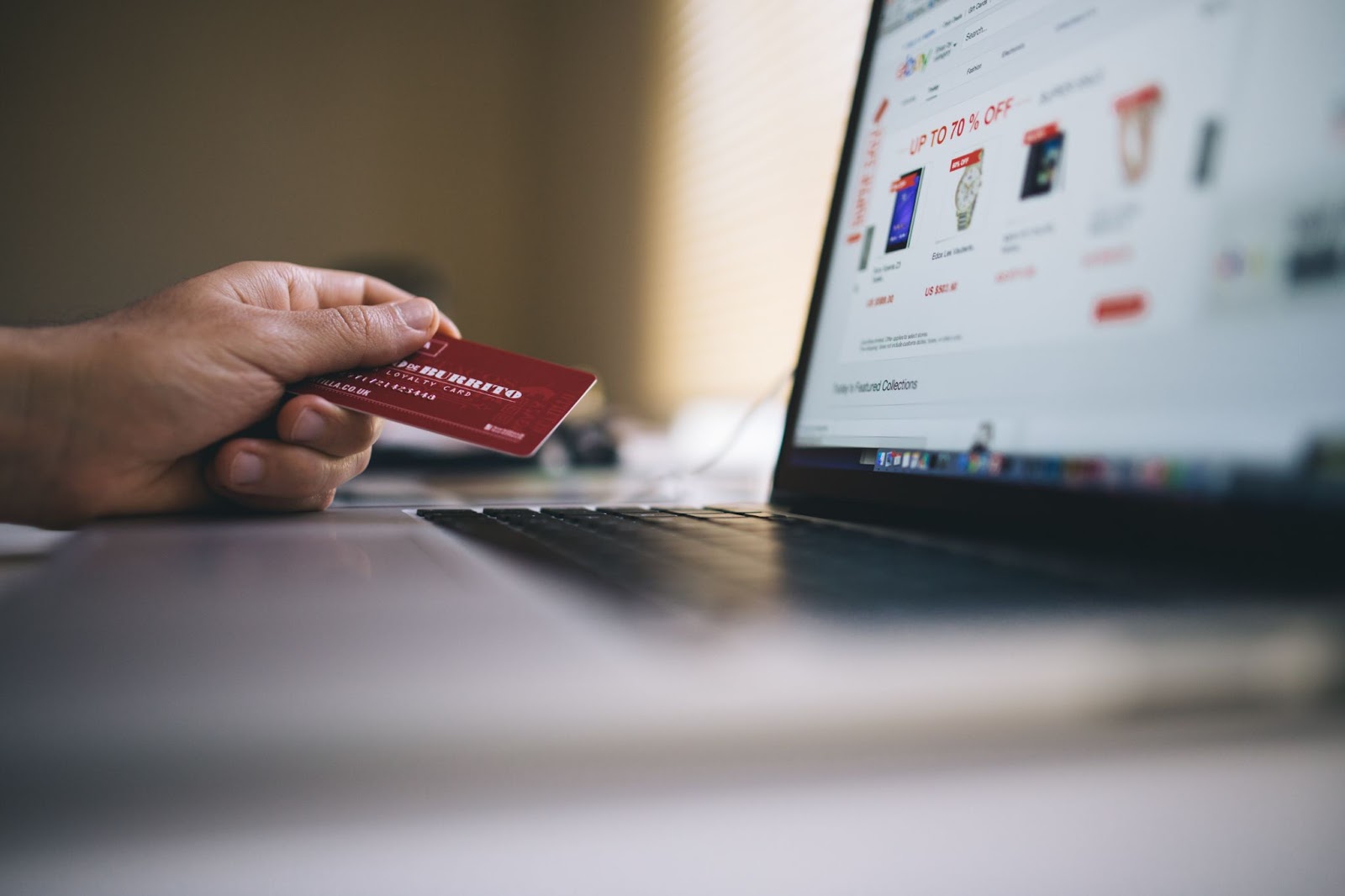
8. Create trust with the right payment options
The fewer payment options available to your customers, the more likely they are to abandon their cart. If they are adding items to their cart only to find that they can't buy using their preferred payment option, they will go elsewhere. According to Shopify, around 7% of shoppers will abandon shopping carts because of a lack of payment options.
Outside of traditional payment methods, like credit or debit cards, you can try:
- Shopping apps like PayPal or Shop Pay
- Digital wallets like Apple Pay, Google Pay or Samsung Pay
- Buy now, pay later plans, which allow customers to spread the cost over monthly payments. According to a 2023 report issued by Juniper Research, buy now, pay later spend will grow by 291% globally by 2027.
- Cash-on-delivery, if it is relevant to your market
9. Add product reviews and testimonials
Positive and negative testimonials can make or break your conversion rate. Shoppers share their experiences, and the impact of positive testimonials can have a significant effect on conversion rates. They are a powerful tool, so don't bury them on your website where they can't be seen – put them front and center.
When people land on your website, they will immediately see the positive experience that other customers have had with your brand. This builds trust and confidence in customers that they will feel safe buying from you.
Plus, customer reviews raise the profile of your products and services. When potential customers see how your products and services have positively impacted the lives of others, they are more likely to see the value in them and make a purchase.
10. Advertise your returns policy clearly
Some brands go out of their way to hide their returns policy, which contributes to a poor conversion rate. However, having a clearly stated returns policy can serve to build confidence and trust among your customers. Even if a customer isn't happy with a product, handling returns properly can go a long way toward bringing them back to your online store in the future.
Is a returns policy really that important? Well, according to Customer Paradigm, 66% of shoppers will check an e-commerce store's returns policy before buying. You should make every effort to make it as clear as possible.
To improve conversion rates, a returns policy that offers a longer length of time to return a product tends to have a significant effect on buying decisions. Customers are much more likely to buy from the store that offers a 60-day return policy rather than the store that only offers a 14-day return policy, according to Customer Paradigm.
During seasonal peaks, it might be worth extending this length as a special promotion, further incentivizing customers to buy from you.

11. Make the checkout experience smooth
A checkout process that is shrouded in mystery and complicated is a huge turn-off for customers, resulting in a massive hit on conversion rates. You've got to optimize your checkout process.
One of the biggest frustrations for customers when going through a checkout process is being forced to create an account. So many online shoppers are wary about sharing their personal data. Plus, the need to create an account is just another distraction in the buying process.
Customers think they are close to completing their purchase, only for a pop-up to emerge saying 'you need to create an account' to buy. This can prompt a negative response and cause them to abandon the cart.
There is a simple solution to this, let customers checkout as a guest. By removing the need to sign-up, customers can easily flow through the buying journey without distractions. What helps is having a progress bar too, which shows how close they are to completing the necessary actions needed to make a purchase.
12. Add a free gift
A free gift serves as a great way to increase conversions, encourage customer loyalty, drive repeat purchases, and boost customer lifetime value. They are extremely powerful because it makes customers feel like they are getting more value out of a purchase that they make with you.
You can use free gifts to not only increase conversions, but customer spending too. For example, you can add a free gift when a customer's basket reaches a certain value. This will encourage customers to spend more to qualify for a free gift.
According to research conducted by Harris Interactive, a whopping 90% of consumers said that a free gift with a purchase increases brand loyalty. If you need a fast way to increase conversions, think about adding a free giveaway to customer carts.
If you work with a 3PL partner like Hive, you can set up free gifts over a certain basket value automatically in your fulfillment. With Hive add-on rules, you can set up distinct rules for your fulfillment to add on extras based on what is in your customer’s basket or where they bought from. Find out more about add-ons here.
13. Include customer photos in your product listings (UGC)
User generated content (UGC) has become a huge driving force in e-commerce in recent years. Customer photos in particular have become hugely popular and are widely used across a brand's social media channels and they are even used as product photos on company websites.
Why? If customers can see images of everyday people using your products - rather than models - they are much more likely to be able to relate and engage with your products and brand. People love to see themselves represented, adding to your brand's credibility and building trust.
Plus, UGC can be used to personalize a customer's buying experience, which serves to further increase your conversion rate. UGC will play a huge part in e-commerce conversion rate optimization in the future, especially given the advances in technology and developments in the use of AI and machine learning to improve the customer experience.

Partner with Hive to improve your conversion rate
Improving your conversion rate is no simple fix. You will need to keep A/B testing to find what resonates with your customers.
Buying online comes with a level of uncertainty for consumers, so making sure you have a trustworthy website with clear product descriptions and images is a great first step towards getting higher conversion. Then partnering with a 3PL like Hive can help you get the best possible conditions for fulfillment and delivery.
We are a 3PL that offers much more than order fulfillment, supporting you with multiple business functions. From delivery contracts and delivery promises to integrating free gifts, we can organize it all, equipping your e-commerce store to improve conversion rates and keep customers coming back for more.
Join more than 160 businesses already benefiting from Hive. We enable established and launching D2C brands to grow rapidly, expand internationally and deliver faster. Get started, today.


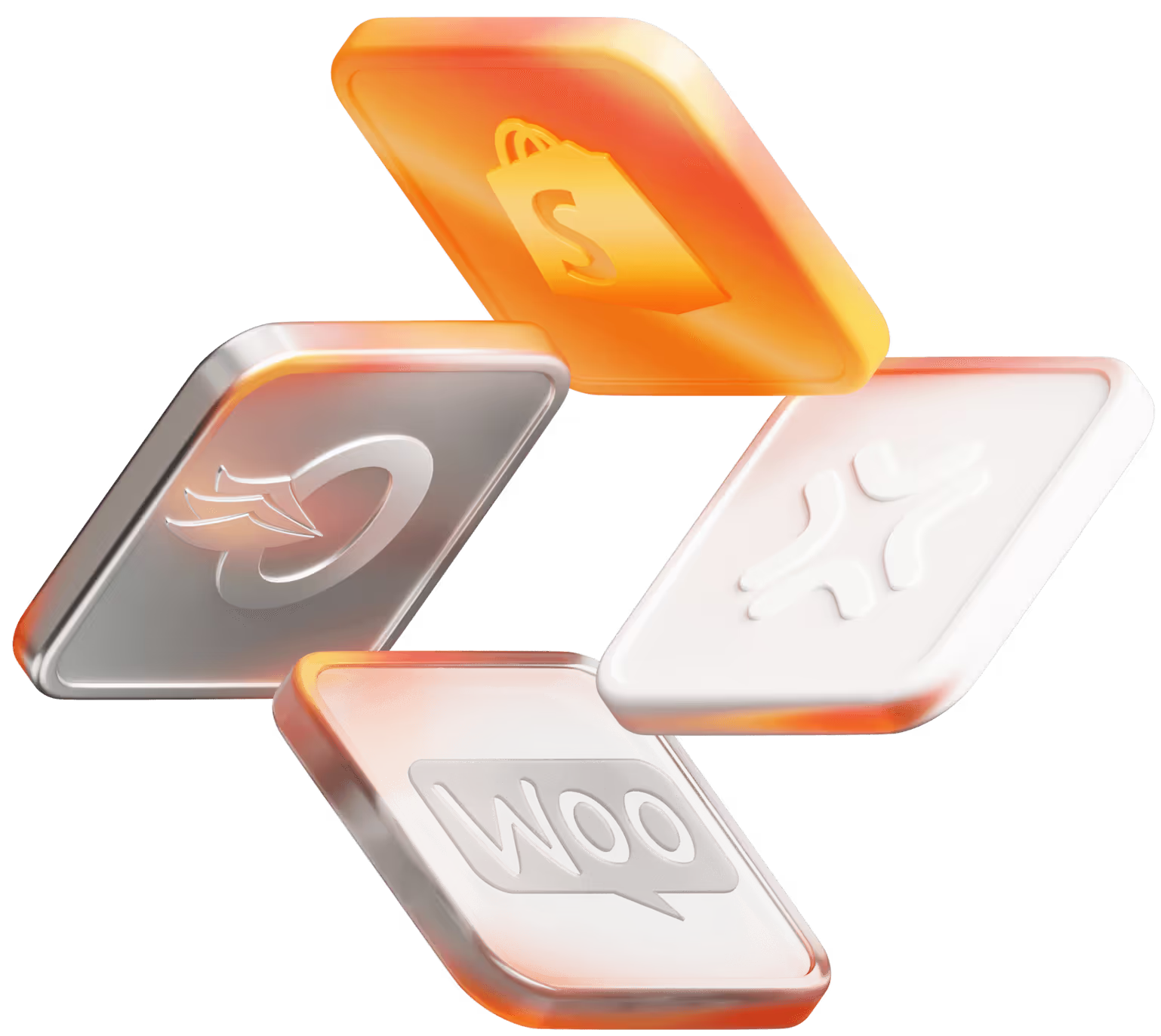





.jpeg)
.png)

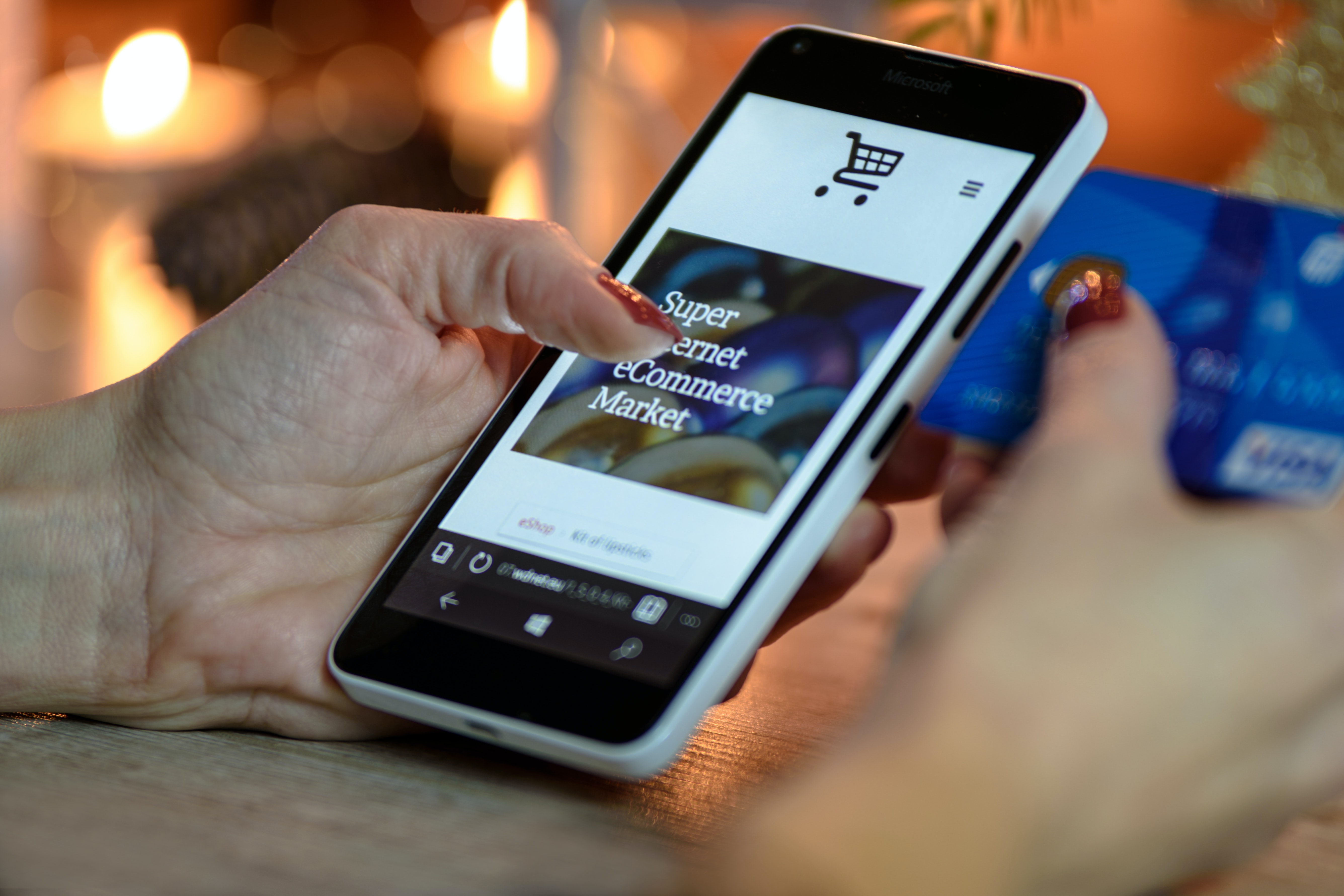

.png)
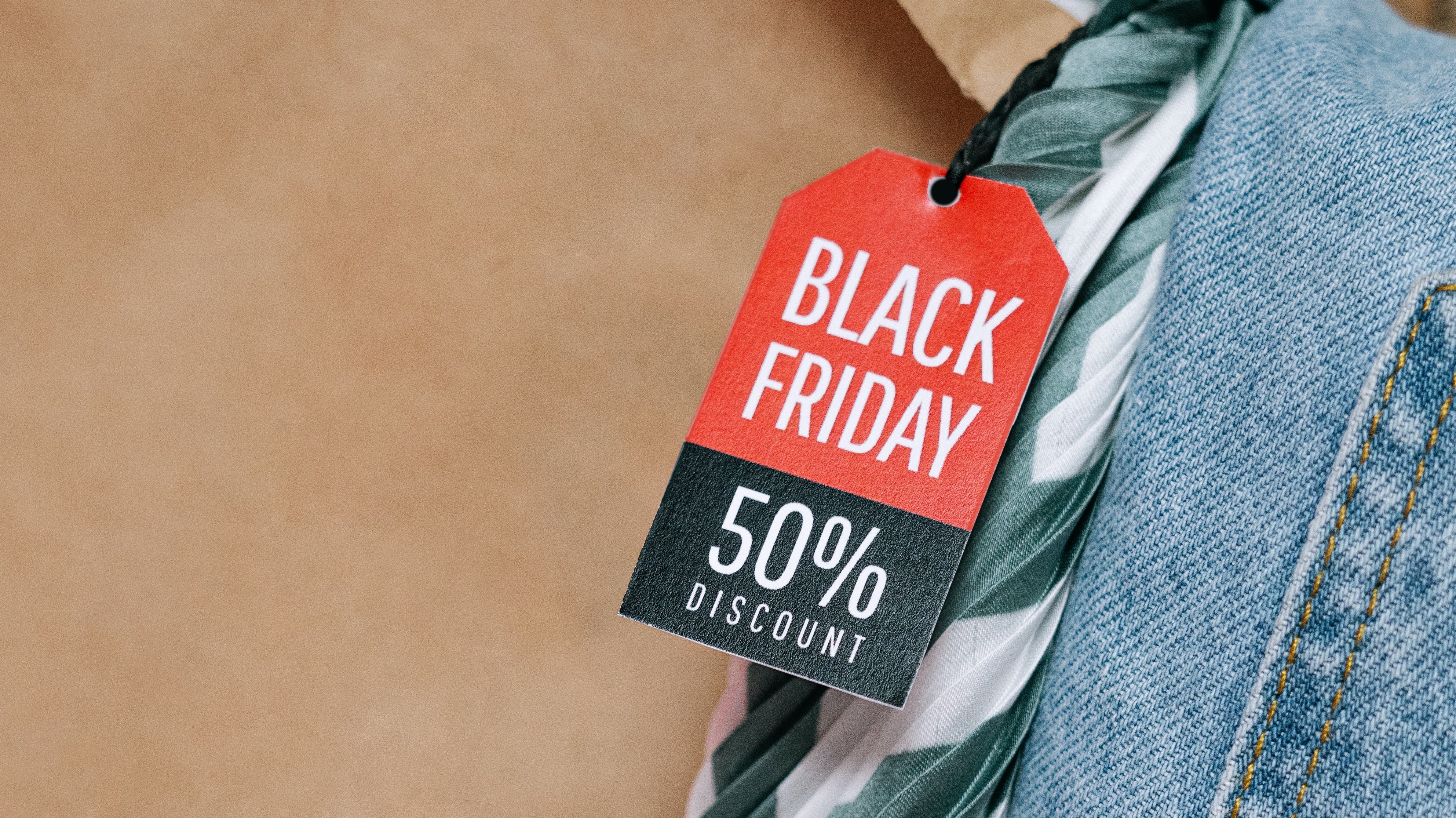
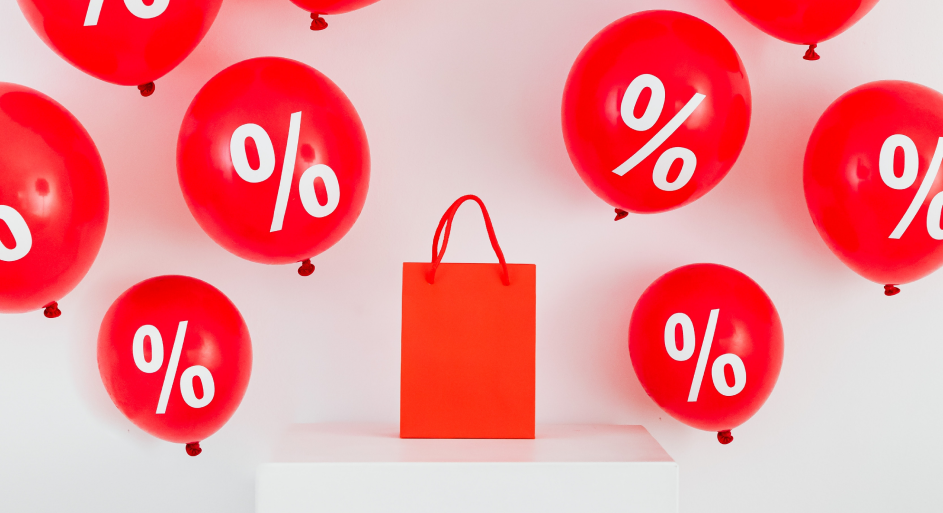

.png)

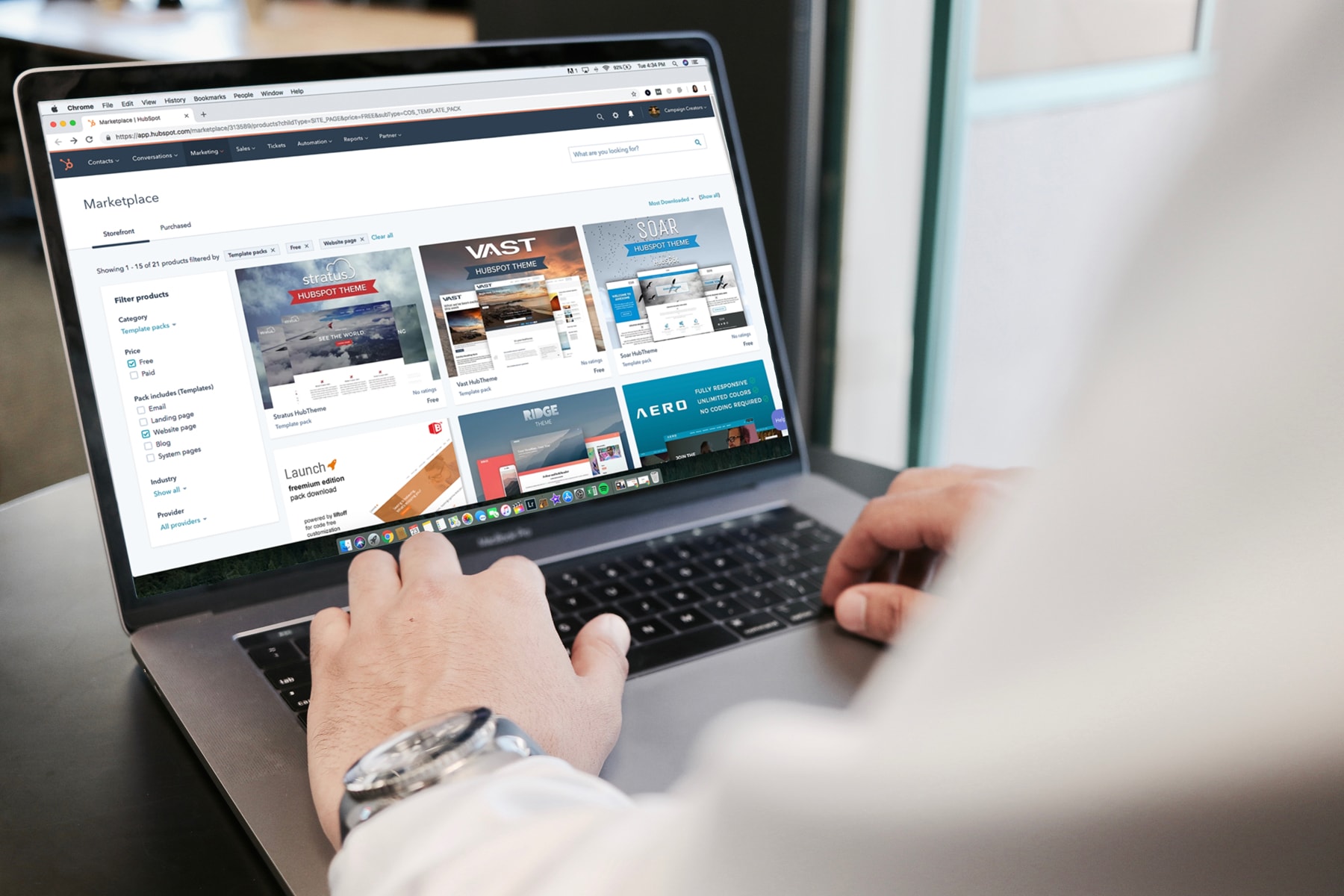



.png)

.png)
.png)
.png)
